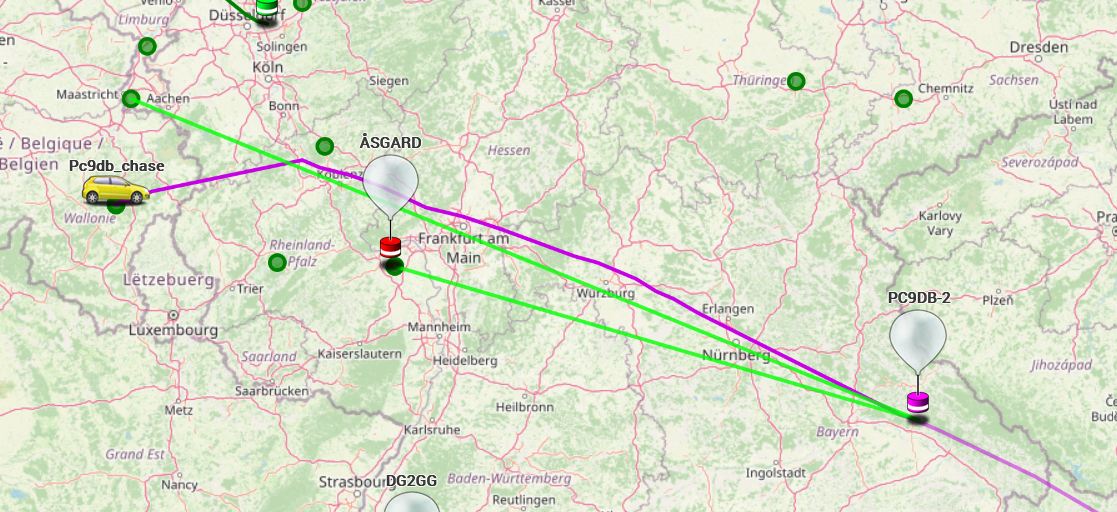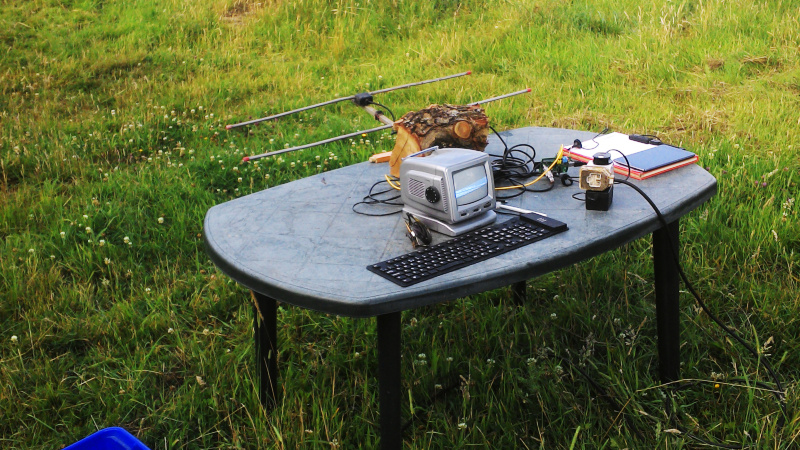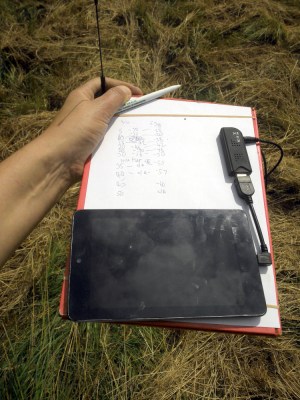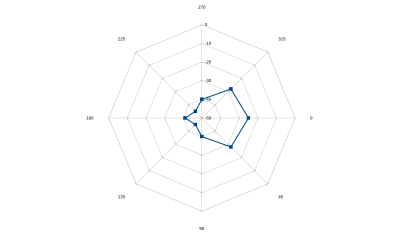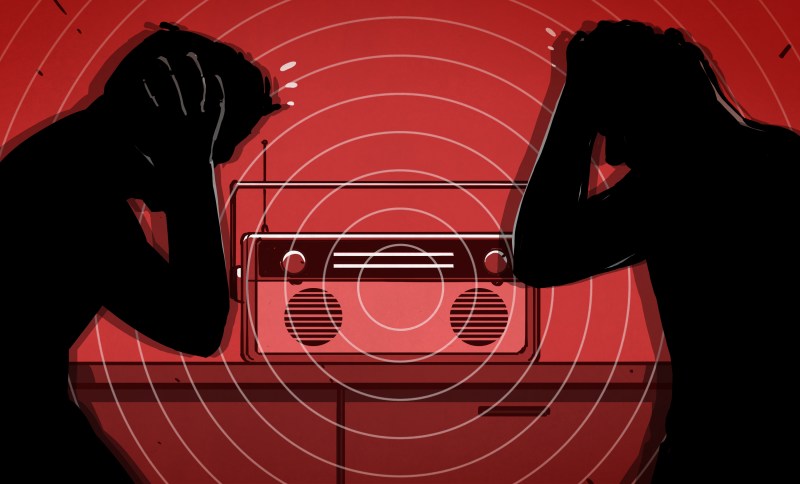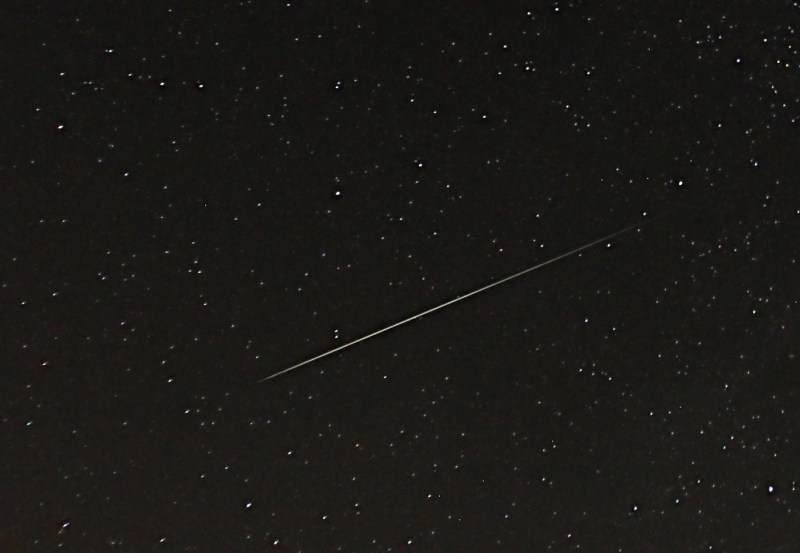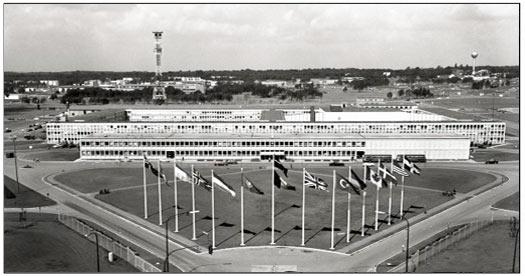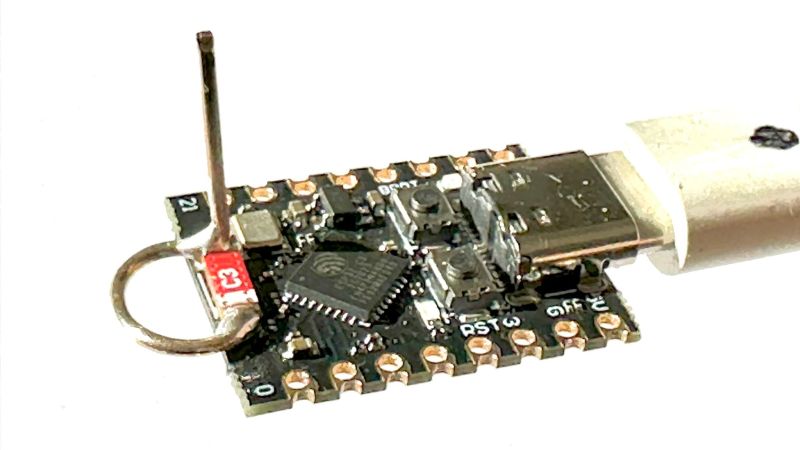
I often ask people: What’s the most important thing you need to have a successful fishing trip? I get a lot of different answers about bait, equipment, and boats. Some people tell me beer. But the best answer, in my opinion, is fish. Without fish, you are sure to come home empty-handed.
On a recent visit to Bletchley Park, I thought about this and how it relates to World War II codebreaking. All the computers and smart people in the world won’t help you decode messages if you don’t already have the messages. So while Alan Turing and the codebreakers at Bletchley are well-known, at least in our circles, fewer people know about Arkley View.
The problem was apparent to the British. The Axis powers were sending lots of radio traffic. It would take a literal army of radio operators to record it all. Colonel Adrian Simpson sent a report to the director of MI5 in 1938 explaining that the three listening stations were not enough. The proposal was to build a network of volunteers to handle radio traffic interception.
That was the start of the Radio Security Service (RSS), which started operating out of some unused cells at a prison in London. The volunteers? Experienced ham radio operators who used their own equipment, at first, with the particular goal of intercepting transmissions from enemy agents on home soil.
At the start of the war, ham operators had their transmitters impounded. However, they still had their receivers and, of course, could all read Morse code. Further, they were probably accustomed to pulling out Morse code messages under challenging radio conditions.
Over time, this volunteer army of hams would swell to about 1,500 members. The RSS also supplied some radio gear to help in the task. MI5 checked each potential member, and the local police would visit to ensure the applicant was trustworthy. Keep in mind that radio intercepts were also done by servicemen and women (especially women) although many of them were engaged in reporting on voice communication or military communications.
Early Days
The VIs (voluntary interceptors) were asked to record any station they couldn’t identify and submit a log that included the messages to the RSS.

The hams of the RSS noticed that there were German signals that used standard ham radio codes (like Q signals and the prosign 73). However, these transmissions also used five-letter code groups, a practice forbidden to hams.
Thanks to a double agent, the RSS was able to decode the messages that were between agents in Europe and their Abwehr handlers back in Germany (the Abwehr was the German Secret Service) as well as Abwehr offices in foreign cities. Later messages contained Enigma-coded groups, as well.
Between the RSS team’s growth and the fear of bombing, the prison was traded for Arkley View, a large house near Barnet, north of London. Encoded messages went to Bletchley and, from there, to others up to Churchill. Soon, the RSS had orders to concentrate on the Abwehr and their SS rivals, the Sicherheitsdienst.
Change in Management
In 1941, MI6 decided that since the RSS was dealing with foreign radio traffic, they should be in charge, and thus RSS became SCU3 (Special Communications Unit 3).
There was fear that some operators might be taken away for normal military service, so some operators were inducted into the Army — sort of. They were put in uniform as part of the Royal Corps of Signals, but not required to do very much you’d expect from an Army recruit.
Those who worked at Arkley View would process logs from VIs and other radio operators to classify them and correlate them in cases where there were multiple logs. One operator might miss a few characters that could be found in a different log, for example.
Going 24/7
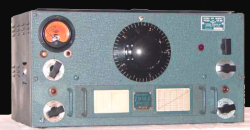
It soon became clear that the RSS needed full-time monitoring, so they built a number of Y stations with two National HRO receivers from America at each listening position. There were also direction-finding stations built in various locations to attempt to identify where a remote transmitter was.
Many of the direction finding operators came from VIs. The stations typically had four antennas in a directional array. When one of the central stations (the Y stations) picked up a signal, they would call direction finding stations using dedicated phone lines and send them the signal.

The operator would hear the phone signal in one ear and the radio signal in the other. Then, they would change the antenna pattern electrically until the signal went quiet, indicating the antenna was electrically pointing away from the signals.
The DF operator would hear this signal in one earpiece. They would then tune their radio receiver to the right frequency and match the signal from the main station in one ear to the signal from their receiver in the other ear. This made sure they were measuring the correct signal among the various other noise and interference. The DF operator would then take a bearing by rotating the dial on their radiogoniometer until the signal faded out. That indicated the antenna was pointing the wrong way which means you could deduce which way it should be pointing.
The central station could plot lines from three direction finding stations and tell the source of a transmission. Sort of. It wasn’t incredibly accurate, but it did help differentiate signals from different transmitters. Later, other types of direction-finding gear saw service, but the idea was still the same.
Interesting VIs
Most of the VIs, like most hams at the time, were men. But there were a few women, including Helena Crawley. She was encouraged to marry her husband Leslie, another VI, so they could be relocated to Orkney to copy radio traffic from Norway.
In 1941, a single VI was able to record an important message of 4,429 characters. He was bedridden from a landmine injury during the Great War. He operated from bed using mirrors and special control extensions. For his work, he receive the British Empire Medal and a personal letter of gratitude from Churchill.
Results
Because of the intercepts of the German spy agency’s communications, many potential German agents were known before they arrived in the UK. Of about 120 agents arriving, almost 30 were turned into double agents. Others were arrested and, possibly, executed.
By the end of the war, the RSS had decoded around a quarter of a million intercepts. It was very smart of MI5 to realize that it could leverage a large number of trained radio operators both to cover the country with receivers and to free up military stations for other uses.
Meanwhile, on the other side of the Atlantic, the FCC had a similar plan.
The BBC did a documentary about the work the hams did during the war. You can watch it below.


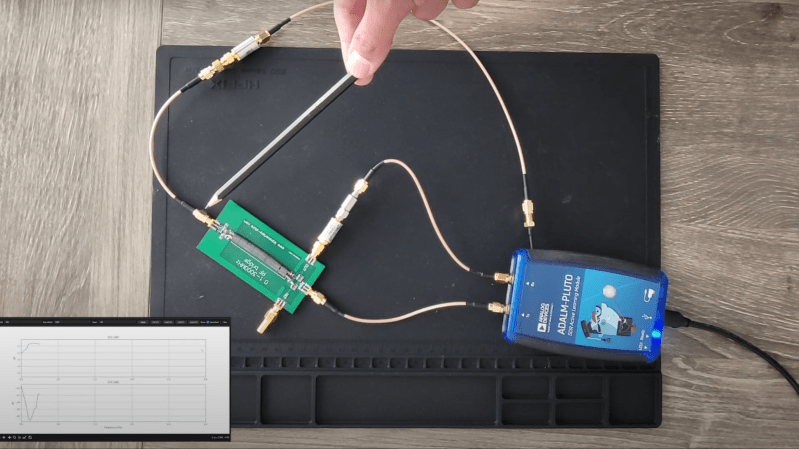
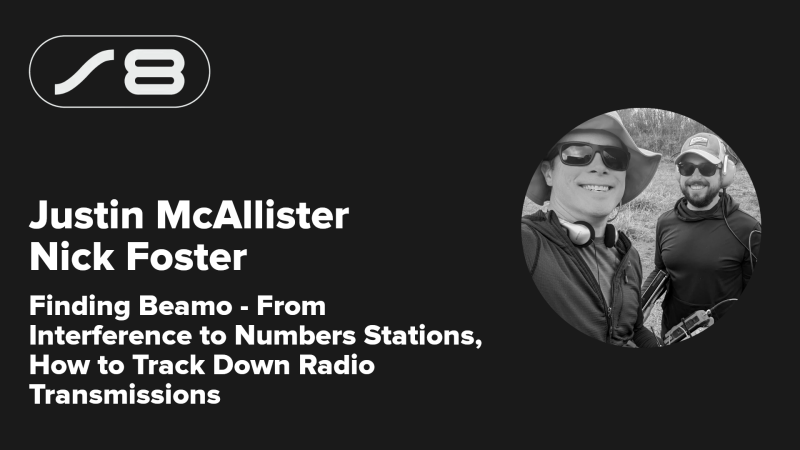


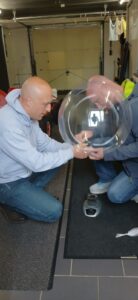
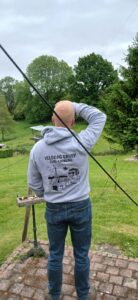 Op donderdag 29 mei liet Velddaggroep Zuid-Limburg een weerballon op vanuit Dochamps (B). Mark PC9DB en Thijs PE1RLN lieten al eerder ballonnen op om te volgen, tijdens deze velddag krijgt de rest ook eens te zien hoe je dit fenomeen aanpakt. Gewapend met een fles helium en een precieze weegschaal wordt de ballon gevuld en voorzien van z’n payload. Deze bestaat uit een gebruikte weersonde met speciale lithium batterijen die opnieuw is geprogrammeerd om in de 70cm band met het Horus protocol z’n telemetrie uit te zenden.
Op donderdag 29 mei liet Velddaggroep Zuid-Limburg een weerballon op vanuit Dochamps (B). Mark PC9DB en Thijs PE1RLN lieten al eerder ballonnen op om te volgen, tijdens deze velddag krijgt de rest ook eens te zien hoe je dit fenomeen aanpakt. Gewapend met een fles helium en een precieze weegschaal wordt de ballon gevuld en voorzien van z’n payload. Deze bestaat uit een gebruikte weersonde met speciale lithium batterijen die opnieuw is geprogrammeerd om in de 70cm band met het Horus protocol z’n telemetrie uit te zenden. Het was gelukkig goed weer waardoor onze avonturiers boven op de heuvel konden komen alwaar ze het signaal opnieuw oppikten! De ballon moest dus in de buurt zijn dus werd de portofoon weer op de laptop aangesloten en werd gewacht op de volgende positie.
Het was gelukkig goed weer waardoor onze avonturiers boven op de heuvel konden komen alwaar ze het signaal opnieuw oppikten! De ballon moest dus in de buurt zijn dus werd de portofoon weer op de laptop aangesloten en werd gewacht op de volgende positie. Maar goed, het was niet te warm en een gezonde wandeling kon geen kwaad.
Maar goed, het was niet te warm en een gezonde wandeling kon geen kwaad.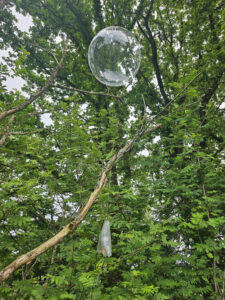 In een klein boompje, je kunt er zo bij! Dat is nog eens geluk hebben. Na de ballon uit de boom gevist te hebben zonder lekkage wordt gecontroleerd of deze nog wel wil stijgen: dan moeten we ‘m eerst afdrogen natuurlijk want hij was niet voor niets omlaag gekomen. De ballon is kletsnat van de regendruppels en met een netto lift van ~10 gram zijn een paar druppels al gauw net iets teveel.
In een klein boompje, je kunt er zo bij! Dat is nog eens geluk hebben. Na de ballon uit de boom gevist te hebben zonder lekkage wordt gecontroleerd of deze nog wel wil stijgen: dan moeten we ‘m eerst afdrogen natuurlijk want hij was niet voor niets omlaag gekomen. De ballon is kletsnat van de regendruppels en met een netto lift van ~10 gram zijn een paar druppels al gauw net iets teveel.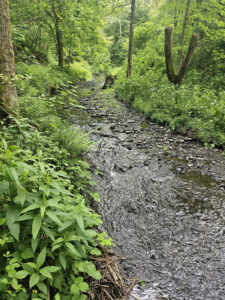 Zo. En nu weer dat hele takke eind terug wandelen in de hoop dat de ballon deze keer een langere reis zal maken. Terug aangekomen op de velddag blijkt dat de ballon buiten het bereik is geraakt van de eigen ontvanger, dat kan van alles betekenen… De hele avond lijkt het erop dat de ballon wederom ergens is terecht gekomen…
Zo. En nu weer dat hele takke eind terug wandelen in de hoop dat de ballon deze keer een langere reis zal maken. Terug aangekomen op de velddag blijkt dat de ballon buiten het bereik is geraakt van de eigen ontvanger, dat kan van alles betekenen… De hele avond lijkt het erop dat de ballon wederom ergens is terecht gekomen…